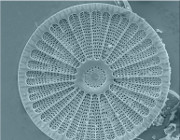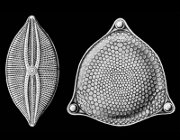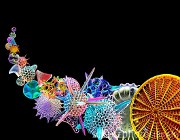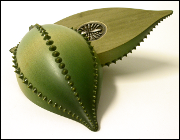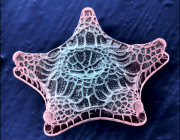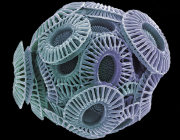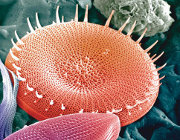Home :: List of Publicly Available Datasets :: Pseudokeronopsis sp. Brazil
Pseudokeronopsis sp. Brazil
Downloads:
| Principle Investigator(s) | Giulio Petroni |
|---|---|
| External sample ID | Pseudokeronopsis sp. strain Brazil |
| NCGR Sample ID | MMETSP1396 |
| Sample accession number | CAM_SMPL_003154 |
| Assembly accession number | CAM_ASM_000872 |
| Combined Assembly Name | N/A |
| Genus | Pseudokeronopsis |
| Species | sp. |
| Strain | Brazil |
| Clonal | Yes |
| Axenic | No |
| Prelim. NCBI Taxon ID | N/A |
| 18S rRNA | |
| Importance of organism and transcriptomes | The Pseudokeronopsis sp. strain Brazil was collected in a brackish lagoon near the city of Araruama ? Rio de janeiro, Brazil in July - 2012. The culture was initially maintained in mineral water with rice grains. In Pisa, the culture medium was chanced, now cells are growing feeding on brown algae and are raised at a salinity of 5? in the dark. Pseudokeronopsis sp. strain Brazil is a filter feeding organism performing creping on substrates. Study of Pseudokeronopsis sp. strain Brazil is scientifically compelling as this and related species are high producers of a large variety of novel secondary metabolites (called keronopsamides and keronopsalactones), that are under study at present and looks to be species specific. Moreover, this strains bears endosymbionts possibly belonging to a new genus of Rickettsiales. Ecotossicological test with congeneric and other organisms are about to be performed to obtain indication concerning the possible functions of these secondary metabolites, and TEM investigation is ongoing to understand if they are related with cortical granules. The transcriptome of Pseudokeronopsis sp. strain Brazil could additionally provide hints o the specific metabolic pathways that is present in this organism and that is involved in the synthesis of the large family of produced secondary metabolites. Transcriptome data could be potentially interesting even for biotechnological purposes e.g. for the cloning in expressing vectors of the enzymes involved in secondary metabolites synthesis to let these natural products be produced by E. coli |
| Additional citations and references | Lynn DH. 2008. The ciliated protozoa. Characterization, classification, and guide to the literature. Germany: Springer, 3rd edition. |
| Environmental Data | |
| Collection date | 15-JUL-12 |
| Sample material (e.g. "seawater," "sediment," etc.) | Brackish water |
| ENVO term for habitat - primary term | Acquatic: marine |
| Habitat | marine habitat |
| Country | BRAZIL |
| Experimental Data | |
| Date of experiment | 15-JUL-10 |
| Growth medium | Brackish water |
| Temperature (ºC) | 19 |
| Salinty (psu) | 5 |
| pH | 8.2 |
| Night portion of day:night cycle in hours | 24 |
| Prey organism, if applicable (genus and species) | bacteria, Pheodactilum tricornutum |
| Investigation type | Eukaryotes |

